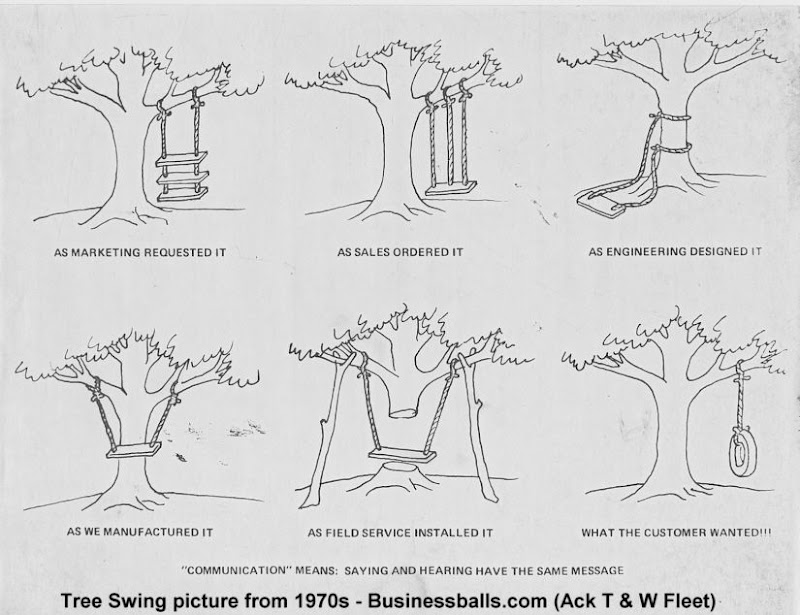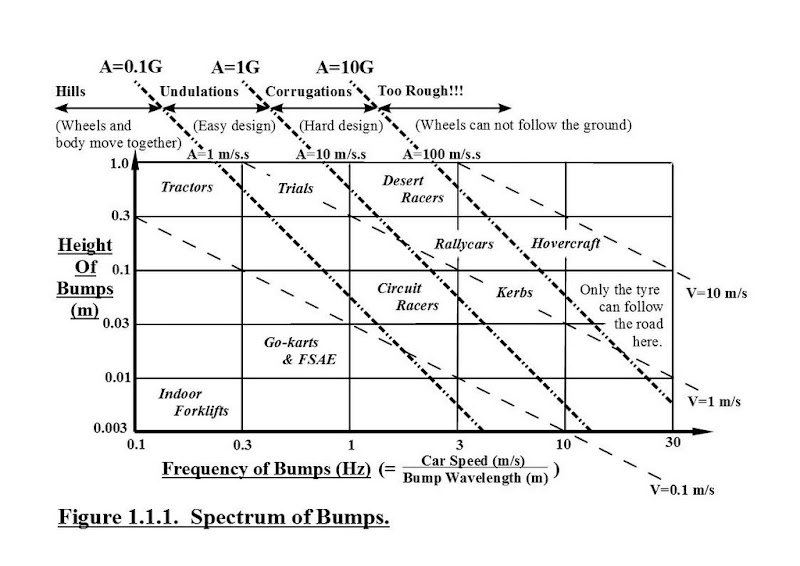There are many alternative, much simpler, and much more suitable suspension types that can be used [other than double-wishbones]. Very briefly, and roughly chronologically, the major suspension types are,
1. Beam-axles (eg. on all vehicles ever, can be live or De-Dion at rear),
2. Sliding-pillar (eg. Morgan and Lancia, and most motorbikes and aeroplanes at front),
3. Lateral swing-axles (eg. Tatra (still on their trucks), can be high or low-pivot),
4. Leading and trailing-arms (eg. Citroen 2CV front and rear, and most motorbikes at rear),
5. Semi-leading/trailing-arms (eg. F100 at front, and many mid to late 1900s cars at rear),
6. Strut-wishbone (eg. McPherson at front, strut at rear),
7. Double-wishbone (eg. originally mostly at front to allow shorter wheelbase with front engine),
8. 5-link (eg. recent fashion, mainly for NVH reasons).
Of these, any of the first five are more than adequate for a winning FSAE car.
...
The requirements of FSAE suspension are simple. They can be provided by any of the simpler suspension types.
Rational criticism welcome.





 Reply With Quote
Reply With Quote


